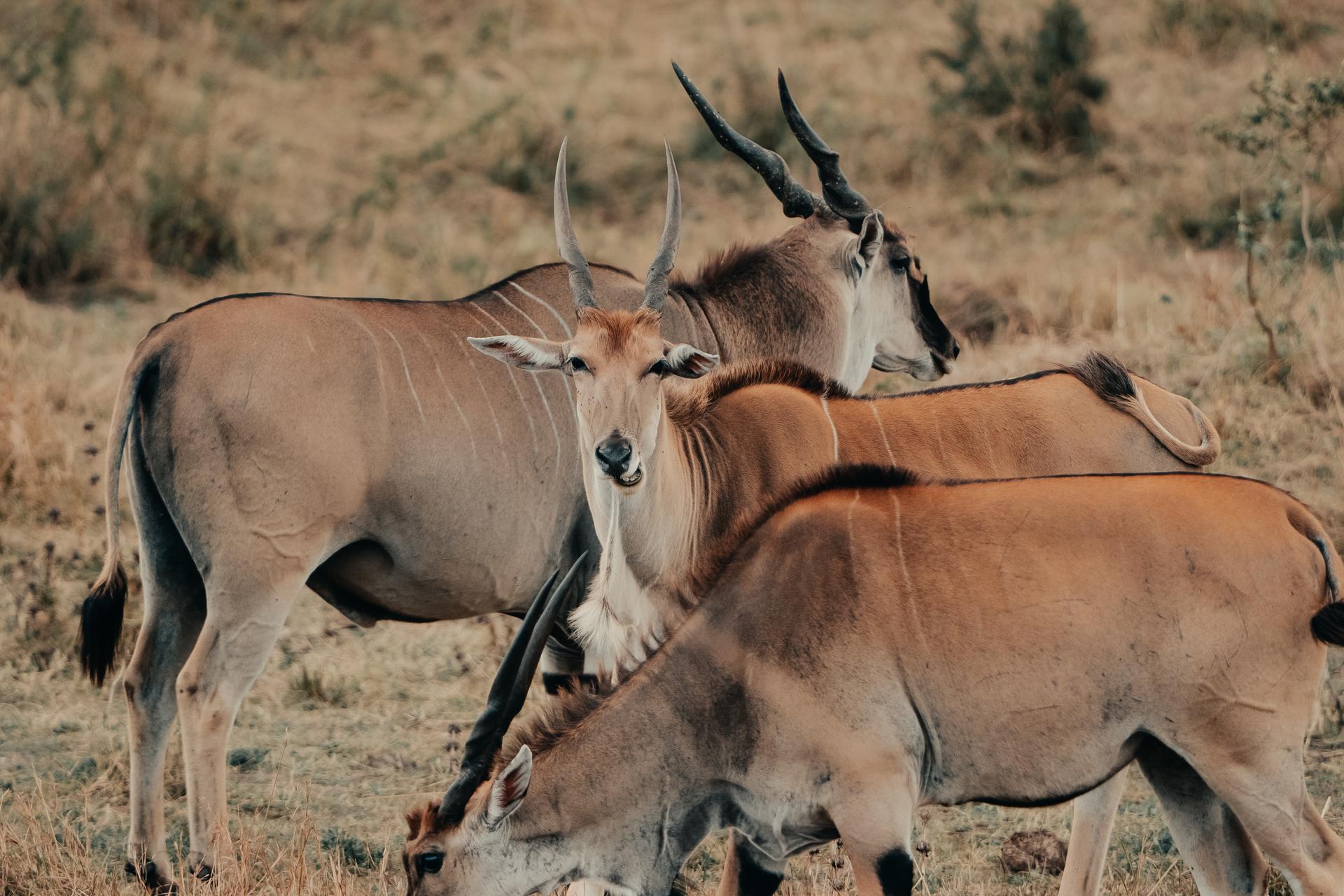Africa's greatest spectacle

What happens when the migration moves on?
The rise of opportunistic predators
01 /
05
Resident herbivores take centre stage
Birdlife and lesser-known dynamics
01 /
05
Unique wildlife sightings
The return of smaller and lesser-seen species
The Serengeti’s smaller predators and nocturnal animals thrive once the thundering hooves of the migration have moved on.
01
/
02
Porcupines, honey badgers, and other nocturnal species
Servals and caracals


Let’s plan your next journey
Ready?
When we say we’re there every step of the way, we mean it, literally. From planning the perfect circuit, to private inter-camp transfers on Wilderness Air, and easing you through Customs. We’re with you on the ground, at your side, 24-7, from start to finish. Ready to take the road less travelled? Contact our Travel Designers to plan an unforgettable journey.



